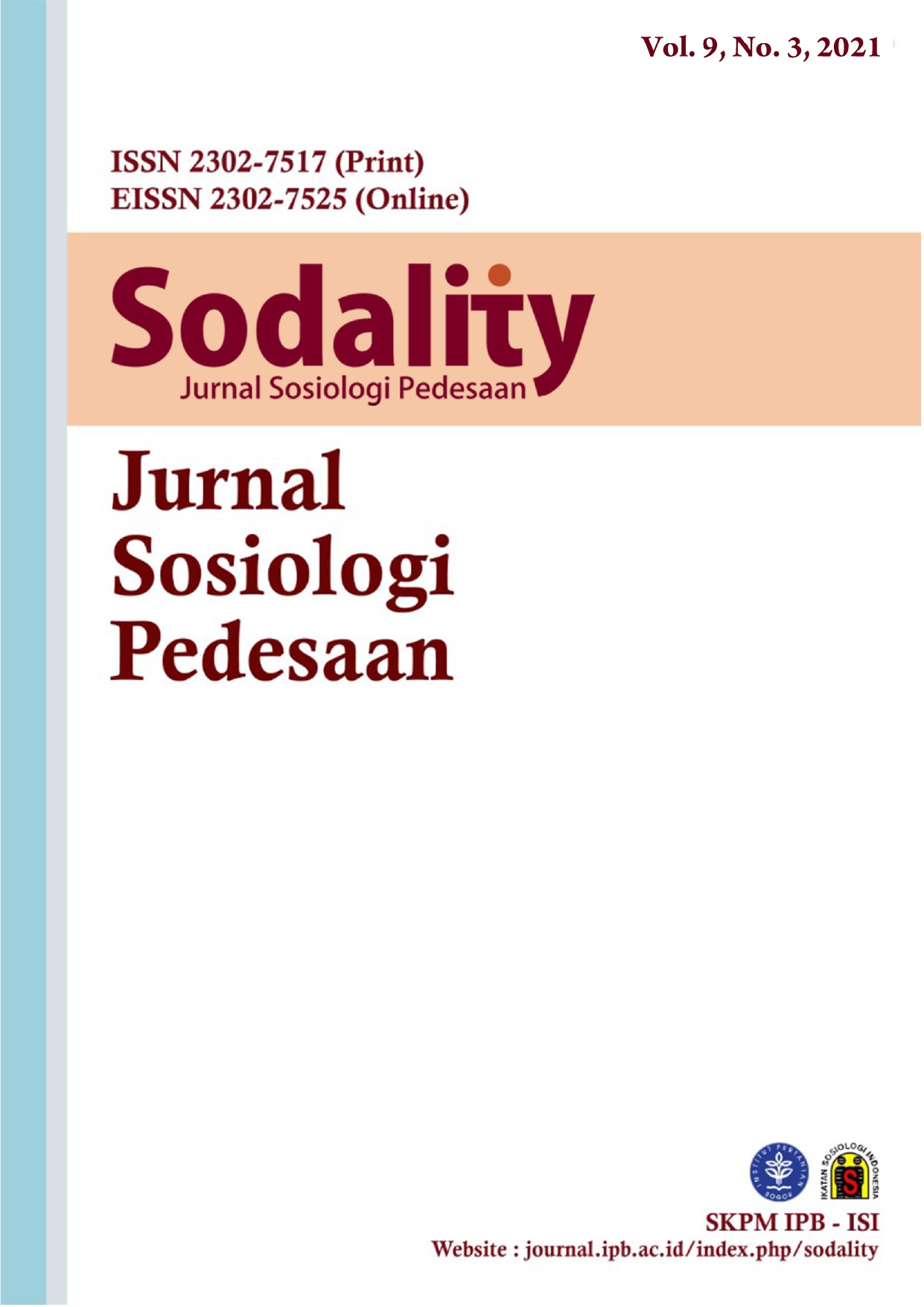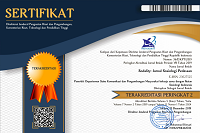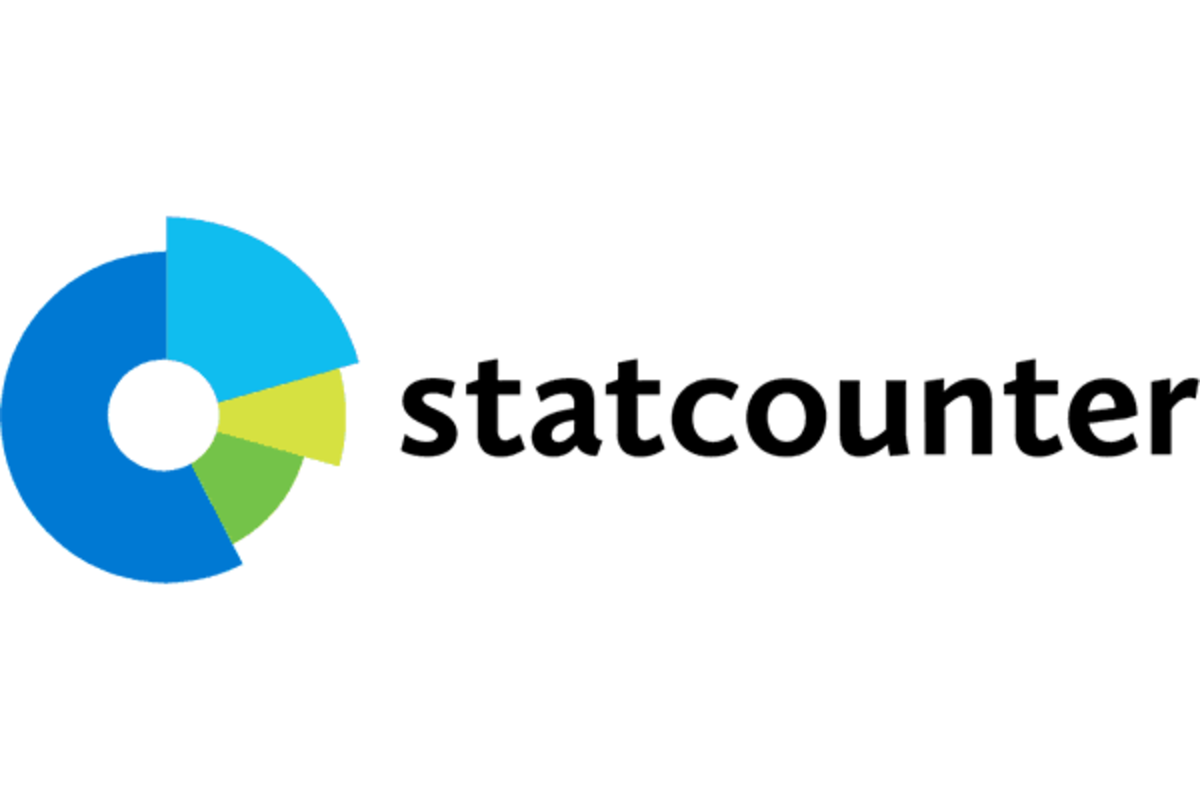Livelihood Resilience of Floating Market Traders in Banjarmasin : a Gender Lens of Livelihood Sociology
Abstract
The floating market is a unique marketplace compared to other marketplaces, because the trading activities take place by boat on the river. The difference in boat sizes owned by men and women traders can indicate different socio-economic status of the traders. In order to improve the economic status, household members usually take up a number of additional activities to meet various needs. Various sources of income may be gained from trade and non-trade sectors. This research is a quantitative research supported by qualitative data. The data collection used questionnaires as a tool for gaining quantitative data and in-depth interviews for obtaining qualitative data. The purpose of this research is to analyze the structure of household income of the traders, the mechanism of adaptation to survive, and the factors that support the achievement of livelihood resilience of male and female floating market traders household. The results of this study indicate that female floating market traders are the important breadwinners in the household. In addition, with all the limitations, women traders’ adaptability to achieve livelihood resilience is better than male traders. The ability to use their own resources is the key to achieving livelihood resilience for women traders of floating market.
References
Adger, W. N. (2003). Social capital, collective action, and adaptation to climate change. Economic Geography, 79(4), 387–404. https://doi.org/10.1111/j.1944-8287.2003.tb00220.x
Azzahra, F., Dharmawan, A. H., & Pandjaitan, N. K. (2017). Perempuan dan resiliensi nafkah rumahtangga petani sawit : analisis dampak ekspansi perkebunan kelapa sawit di Provinsi Jambi. Jurnal Sosiologi Pedesaan, 5(1), 25–35. https://doi.org/https://doi.org/10.22500/sodality.v5i1.16269
Badan Pusat Statistik Kota Banjarmasin. (2019). Profil Tenaga Kerja Kota Banjarmasin 2019. In Badan Pusat Statistik Kota Banjarmasin. https://banjarmasinkota.bps.go.id/publication/2020/12/09/806c591ddb9e40a7793925df/profil-tenaga-kerja-kota-banjarmasin-2019.html
Badan Pusat Statistik Kota Banjarmasin. (2020). Kota Banjarmasin dalam Angka 2020. In Badan Pusat Statistik Kota Banjarmasin. https://banjarmasinkota.bps.go.id/publication/2020/04/27/ca4ac2ee886fa827fcb67eef/kota-banjarmasin-dalam-angka-2020.html
Berman, R., Quinn, C., & Paavola, J. (2012). The role of institutions in the transformation of coping capacity to sustainable adaptive capacity. Environmental Development, 1, 86–100. https://doi.org/https://doi.org/10.1016/j.envdev.2012.03.017
Budiarti, Y. L., Akbar, S. N., & Rachmah, D. N. (2015). Analisis keyakinan diri dan kesejahteraan psikologis pedagang di Pasar Tradisional Darat dan Pasar Terapung Lok Baintan Sungai Tabuk Martapura. Sosio Konsepsia : Jurnal Penelitian Dan Pengembangan Kesejahteraan Sosial, 4(2), 108–122. https://doi.org/10.33007/ska.v4i2.117
Cote, M., & Nightingale, A. J. (2012). Resilience thinking meets social theory: Situating social change in socio-ecological systems (SES) research. Progress in Human Geography, 36(4), 475–489. https://doi.org/https://doi.org/10.1177%2F0309132511425708
de Groot, J., Mohlakoana, N., Knox, A., & Bressers, H. (2017). Fuelling women’s empowerment? An exploration of the linkages between gender, entrepreneurship and access to energy in the informal food sector. Energy Research and Social Science, 28, 86–97. https://doi.org/10.1016/j.erss.2017.04.004
Dharmawan, A. H. (2001). Farm household livelihood strategies and socio-economic changes in rural Indonesia. Wissenschaftverlag Vauk. Kiel., 124.
Dharmawan, A. H. (2007). Sistem penghidupan dan nafkah pedesaan: pandangan sosiologi nafkah (livelihood sociology) Mazhab Barat dan Mazhab Bogor. Sodality: Jurnal Sosiologi Pedesaan, 1(2), 169–192. https://doi.org/https://doi.org/10.22500/sodality.v1i2.5932
Dharmawan, A. H., Putri, E. I. K., & Mardiyaningsih, D. I. (2016). Smallholder farmers’ resilience in rural-ecological crises: Case studies from West Java, Indonesia. International Journal of Sustainability in Economic, Social, and Cultural Context, 12(3), 17–34. https://doi.org/https://doi.org/10.18848/2325-1115/CGP/v12i03/17-34
Djangaopa, Y., Manginsela, E. P., & Baroleh, J. (2018). Kontribusi perempuan pedagang sayuran terhadap pendapatan keluarga di Pasar Bahu Manado. Agri-SosioEkonomi, 14(3), 45–54. https://doi.org/10.35791/agrsosek.14.3.2018.21533
Durkheim, E. (1960). The Division of Labor in Society. The Free Press of Glencoe, Illinois. http://fs2.american.edu/dfagel/www/Class Readings/Durkheim/Division Of Labor Final Version.pdf
Ellis, F. (1998). Household strategies and rural livelihood diversification. Journal of Development Studies, 35(1), 1–38. https://doi.org/10.1080/00220389808422553
Folke, C. (2006). Resilience: The emergence of a perspective for social-ecological systems analyses. Global Environmental Change, 16, 253–267. https://doi.org/10.1016/j.gloenvcha.2006.04.002
Gustavsson, M. (2020). Women’s changing productive practices, gender relations and identities in fishing through a critical feminisation perspective. Journal of Rural Studies, 78, 36–46. https://doi.org/10.1016/j.jrurstud.2020.06.006
Hendraswati. (2016). Etos kerja pedagang perempuan Pasar Terapung Lok Baintan di Sungai Martapura. Jurnal Pendidikan Dan Kebudayaan, 1(1), 97–116. https://doi.org/10.24832/jpnk.v1i1.229
Katz, E. G. (1995). Gender and trade within the household: Observations from rural guatemala. World Development, 23(2), 327–342. https://doi.org/10.1016/0305-750X(94)00118-I
Kementerian Pemberdayaan Perempuan dan Perlindungan Anak Republik Indonesia. (2019). Pembangunan Manusia Berbasis Gender Tahun 2019. https://www.kemenpppa.go.id/lib/uploads/list/44ac0-pembangunan-manusia-berbasis-gender-2019.pdf
Lestari, N. I., & Agusta, I. (2013). Analisis Gender dalam program Simpan Pinjam Untuk Kelompok Perempuan (SPP). Sodality : Jurnal Sosiologi Pedesaan., 1(2), 112–130. https://doi.org/https://doi.org/10.22500/sodality.v1i2.9397
Mardiyaningsih, D. I., Dharmawan, A. H., & Nasdian, F. (2010). Dinamika sistem penghidupan masyarakat tani tradisional dan modern di Jawa Barat. Sodality: Jurnal Sosiologi Pedesaan, 4(1), 115–145. https://doi.org/10.22500/sodality.v4i1.5850
Meert, H., Van Huylenbroeck, G., Vernimmen, T., Bourgeois, M., & van Hecke, E. (2005). Farm household survival strategies and diversification on marginal farms. Journal of Rural Studies, 21, 81–97. https://doi.org/10.1016/j.jrurstud.2004.08.007
Pesik, A., Baroleh, J., & Kaunang, R. (2016). Pola alokasi waktu dan kontribusi pendapatan perempuan pedagang sayuran di Pasar Pinasungkulan Karombasan Manado. Jurnal Agri-SosioEkonomi Unsrat, 12(3), 65–76. https://doi.org/10.35791/agrsosek.12.3.2016.13867
Pradana, H. (2020). Pengembangan pariwisata pasar terapung Kota Banjarmasin. Jurnal Kebijakan Pembangunan, 15(1), 63–76. https://doi.org/10.47441/jkp.v15i1.56
Rahayu, N., & Darsana, I. (2019). Peran ganda perempuan pedagang cenderamata di objek wisata Tanah Lot Tabanan. E-Jurnal Ekonomi Pembangunan Universitas Udayana, 8(12), 2989–3019. https://ojs.unud.ac.id/index.php/eep/article/view/47717
Salaa, J. (2015). Peran ganda ibu rumah tangga dalam meningkatkan ekonomi keluarga di Desa Tarohan Kecamatan Beo Kabupaten Kepulauan Talaud. Jurnal Holistik Tahun VIII, 15, 1–15. https://ejournal.unsrat.ac.id/index.php/holistik/article/view/7820
Saraswati, Y., & Dharmawan, A. H. (2015). Resiliensi nafkah rumahtangga petani hutan rakyat di Kecamatan Giriwoyo, Wonogiri. Sodality: Jurnal Sosiologi Pedesaan, 2(1), 63–75. https://doi.org/10.22500/sodality.v2i1.9413
Scoones, I. (1998). Sustainable rural livelihoods: a framework for analysis. IDS Working Paper. https://opendocs.ids.ac.uk/opendocs/handle/20.500.12413/3390
Sopamena, J. F. (2019). Kontribusi perempuan terhadap penerimaan rumah tangga masyarakat Pulau Kecil (studi kasus Kecamatan Teluk Ambon Kota Ambon). Jurnal Ekonomi Pertanian Dan Agribisnis, 3(4), 720–729. https://doi.org/10.21776/ub.jepa.2019.003.04.7
Speranza, C. I., Wiesmann, U., & Rist, S. (2014). An indicator framework for assessing livelihood resilience in the context of social-ecological dynamics. Global Environmental Change, 28, 109–119. https://doi.org/10.1016/j.gloenvcha.2014.06.005
Sugianti, D. (2017). Strategi pengembangan kawasan wisata pasar terapung berbasis kearifan lokal di Kota Banjarmasin. Jurnal Tata Kelola Seni, 2(2), 20–34. https://doi.org/10.24821/jtks.v2i2.1820
Sugiharto, A., Hartoyo, H., & Muflikhati, I. (2016). Strategi nafkah dan kesejahteraan keluarga pada keluarga petani tadah hujan. Jurnal Ilmu Keluarga Dan Konsumen, 9(1), 33–42. https://doi.org/10.24156/jikk.2016.9.1.33
Susanti, E. (2018). Nilai-nilai kerja keras dan nilai tanggung jawab pada pedagang pasar terapung Kuin Alalak Banjarmasin sebagai sumber belajar IPS. Jurnal Socius : Jurnal Pendidikan Dan Pembelajaran Ilmu Pengetahuan Sosial, 7(2), 241–253. https://doi.org/10.20527/jurnalsocius.v7i2.5425
Widiyanto, Dharmawan, A. H., & Prasodjo, N. (2010). Strategi nafkah rumahtangga petani tembakau di Lereng Gunung Sumbing : studi kasus di Desa Wonotirto dan Desa Campursari, Kecamatan Bulu, Kabupaten Temanggung. Sodality: Jurnal Sosiologi Pedesaan, 4(1), 91–114. https://doi.org/10.22500/sodality.v4i1.5851
Wijaya, K., & Kwanda, T. (2019). Galeri “Pasar Terapung” di Banjarmasin. Jurnal EDimensi Arsitektur, II(1), 297–304. http://publication.petra.ac.id/index.php/teknik-arsitektur/article/viewFile/9274/8356
Yulian, B. E., Dharmawan, A. H., Soetarto, E., & Pacheco, P. (2017). Dilema nafkah rumah tangga pedesaan sekitar perkebunan kelapa sawit di Kalimantan Timur. Sodality :: Jurnal Sosiologi Pedesaan, 5(3), 242–249. https://doi.org/10.22500/sodality.v5i3.19398
Authors who publish with this journal agree to the following terms:
- Authors retain copyright and grant the journal right of first publication with the work simultaneously licensed under a

This work is licensed under a Creative Commons Attribution 4.0 International License. that allows others to share the work with an acknowledgement of the work's authorship and initial publication in this journal. - Authors are able to enter into separate, additional contractual arrangements for the non-exclusive distribution of the journal's published version of the work (e.g., post it to an institutional repository or publish it in a book), with an acknowledgement of its initial publication in this journal.
- Authors are permitted and encouraged to post their work online (e.g., in institutional repositories or on their website) prior to and during the submission process, as it can lead to productive exchanges, as well as earlier and greater citation of published work (See The Effect of Open Access).





.png)









